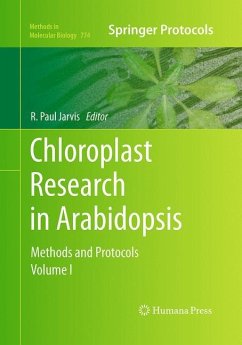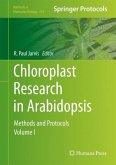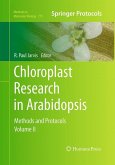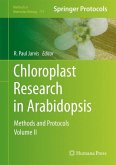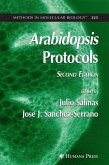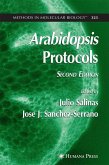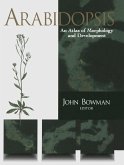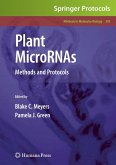Chloroplasts are essential for the survival and flourishing of life on Earth. Over the years, chloroplast biology has been studied in a variety of different organisms, leading to the significant disadvantage that findings which were made by using different experimental systems or species were not always directly cross-comparable. The relatively recent adoption of Arabidopsis thaliana as the model organism of choice for plant science research, across the globe, has led to its emergence as a pre-eminent system for research on chloroplasts and other types of plastid. In Chloroplast Research in Arabidopsis: Methods and Protocols, expert researchers bring together some of the most important, modern techniques and approaches for chloroplast research, with the unifying theme of Arabidopsis as the model system. Volume I explores topics such as genetics, cytology, in vivo analysis, gene expression, and protein accumulation, as well as protein transport, localization, and topology. Written in the highly successful Methods in Molecular Biology(TM) series format, chapters include introductions to their respective topics, lists of the necessary materials and reagents, step-by-step, readily reproducible laboratory protocols, and tips on troubleshooting and avoiding known pitfalls.
Authoritative and convenient, Chloroplast Research in Arabidopsis: Methods and Protocols serves as an ideal reference for all researchers with a general interest in chloroplasts, plastids, or related processes.
Authoritative and convenient, Chloroplast Research in Arabidopsis: Methods and Protocols serves as an ideal reference for all researchers with a general interest in chloroplasts, plastids, or related processes.

